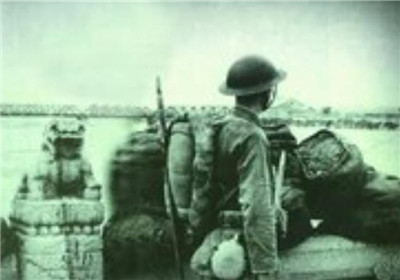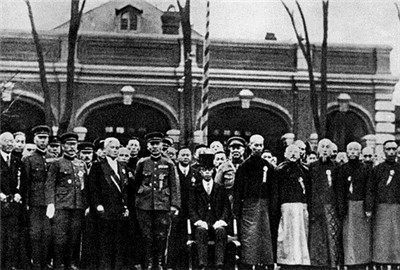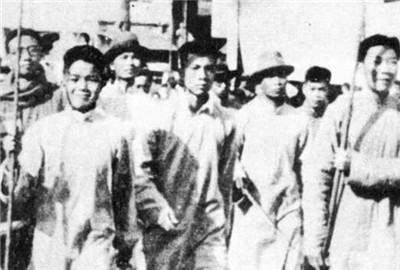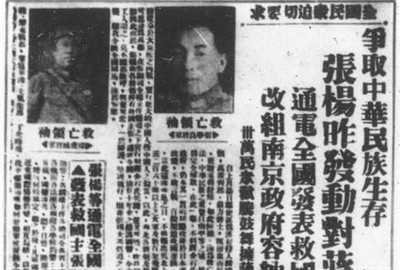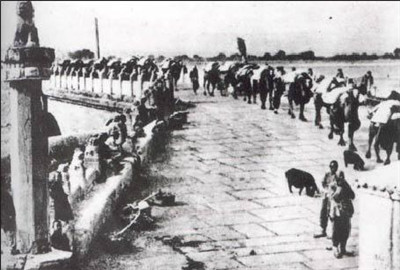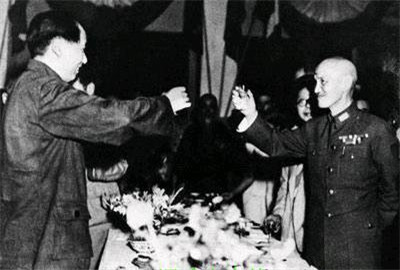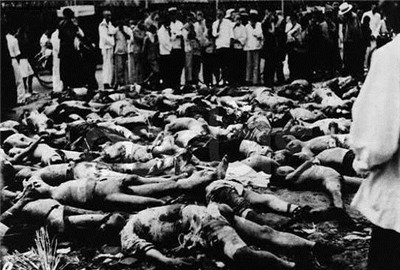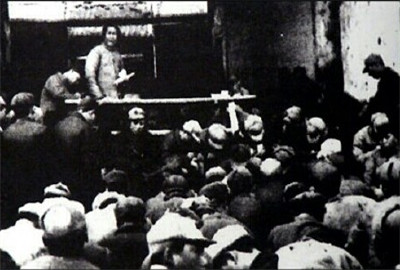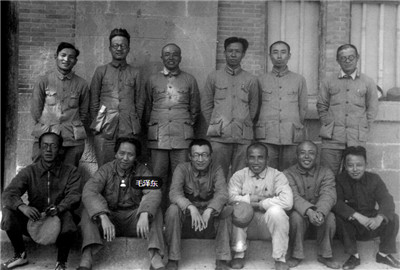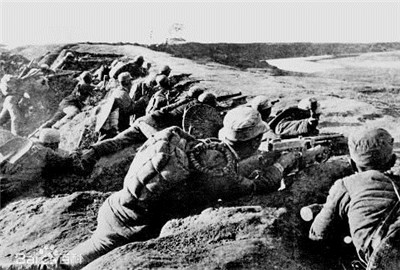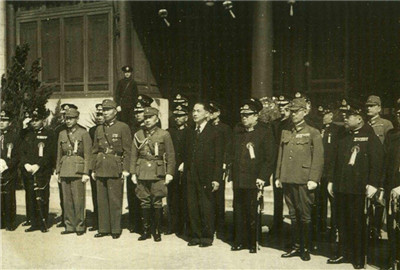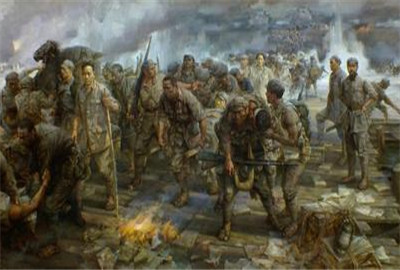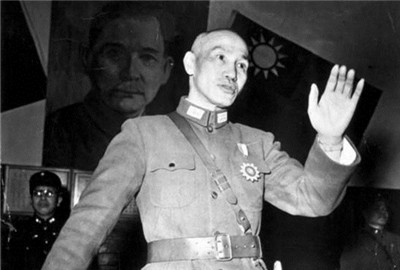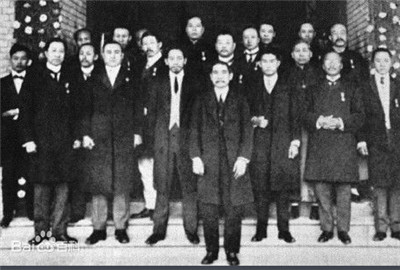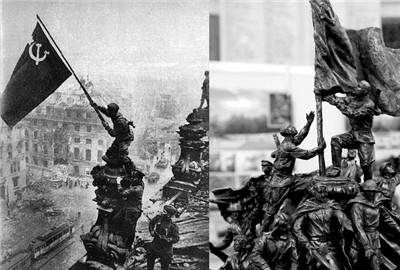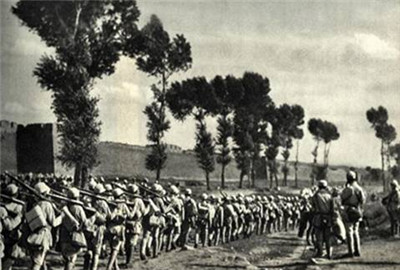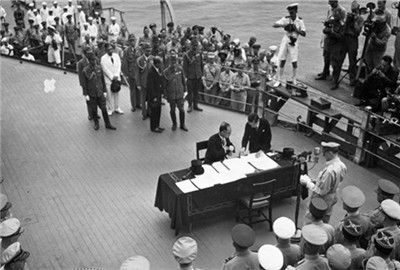

-
September 18, 1931
September 18th incident
Japanese troops provocatively destroyed a section of railway in north Shenyang and attacked the Chinese garrison at Beidaying, Shenyang, on the same night, this led to the "September 18th incident." -
March 9, 1932
The 'Manchoukuo' was set up
The "Manchoukuo" was set up under the aegis of the Japanese aggressors, with the abdicated emperor of the Qing Dynasty, Pu Yi, as the chief executive. -
May 31, 1933
'Tanggu Agreement'
Xiong Bing, the delegate of the Kuomintang government, signed the traitorous "Tanggu Agreement" with the commander-in-chief of the Japanese army, Yasuji Okamura. Chinese troops had to withdraw from the strategic passes along the Great Wall. -
November 7, 1934
The First Army of the Northeast People's Revolutionary Army was set up
The First Army of the Northeast People's Revolutionary Army was set up, with Yang Jingyu as the commander. -
December 9, 1935
'December 9th Movement'
A patriotic student movement broke out in Peiping (now Beijing). The Kuomintang army and police suppressed the gathering of 2,000 to 3,000 students in the famous "December 9th Movement." -
December 12, 1936
'Xi'an Incident'
Zhang Xueliang and Yang Hucheng, the patriotic generals of the Kuomintang in Xi'an, detained Chiang Kai-shek, who was there making arrangements for an encirclement and suppression campaign against the Communists. They then forced him to resist the Japanese. This is historically known as the "Xi'an Incident." -
July 7, 1937
The Lugouqiao Incident
The Lugouqiao Incident occurred, and the nationwide War of Resistance Against Japan started. The CPC Central Committee published an open telegram to the nation after the Lugouqiao Incident, calling on the people to resist Japanese aggression. -
July 15, 1937
The cooperation between the Communist Party and Kuomintang
The Chinese Communist Party delivered to the Kuomintang the "Declaration of the CPC Central Committee on Publishing the Cooperation Between the Communist Party and the Kuomintang" and asked the latter to publicize it immediately. -
December 13, 1937
Nanjing Massacre
The Japanese army was ferocious. Chinese people killed or buried alive totaled more than 300,000. These deaths and more than 20,000 rape cases made up the world-shocking "Nanjing Massacre." -
August 22, 1937
Luochuan Meeting
The CPC Central Committee held the Luochuan Meeting, in which it passed a "Ten-point Program for Resisting Japan and Saving the Country." -
September 29, 1938
The Sixth Plenary Session of the Sixth Central Committee in Yanan
During the meeting, attendees discussed the major political and military tasks of the Party at the stalemate stage in the war. -
September 25, 1939
Changsha Campaign
The First Changsha Campaign occurred, an important campaign in the frontline battlefield during the early period of the stalemate stage. -
March 30, 1940
"Wang Jingwei puppet government was invalid"
The Foreign Ministry of the Kuomintang government addressed a note to diplomatic envoys in China, announcing that Nanjing's Wang Jingwei puppet government was invalid. -
January 6, 1941
The Civil War
Kuomintang troops attacked the New Fourth Army with seven divisions in south Anhui in order to start a civil war. The event is called the "South Anhui Incident." -
December 9, 1941
The Kuomintang government published a formal war declaration against Japan
-
January 1, 1942
A manifesto of war against the Axis countries signed
Twenty-six countries, including China, met in Washington D.C., U.S.A, where they signed a manifesto of war against the Axis countries of Germany, Japan and Italy, saying that none of them would make a separate peace with the enemy. -
February 2, 1943
The Soviet Union defeated Germany
The Soviet Union defeated Germany in an astounding battle in Stalingrad. -
August 15, 1944
The Fourth Division of the New Fourth Army moved west
In order to open a land transport line, the Japanese army attacked Henan, Hunan and Guangxi with a 500,000-strong force, thus starting the "Operation Number One." -
September 9, 1945
Japan signed the instrument of surrender to China in Nanjing
Japan surrendered to Allied countries. The official signing ceremony of the instrument of surrender was held on the American battleship Missouri in Tokyo Bay.
